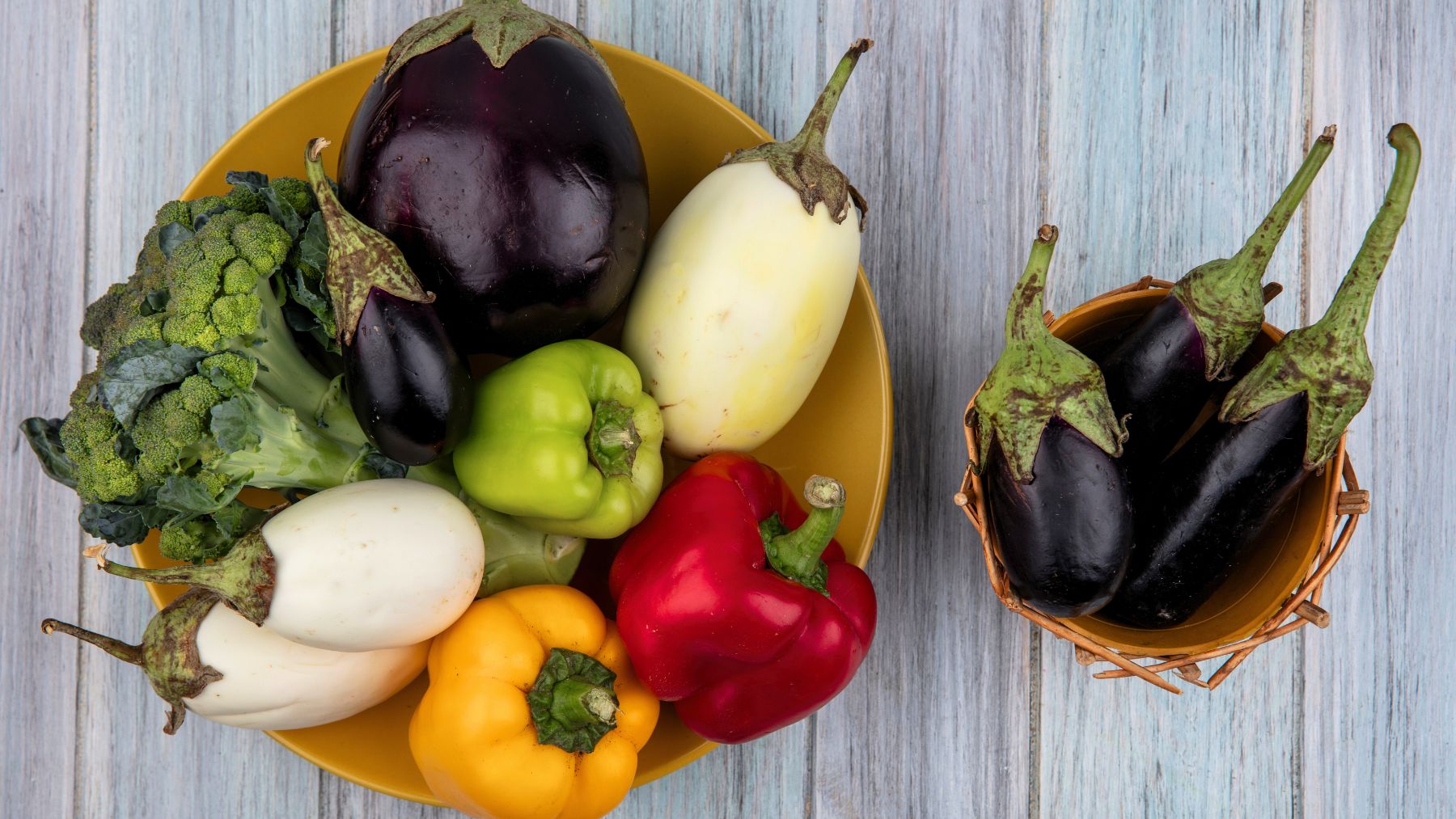Oranges are one of the most popular foods when it comes to vitamin C intake. Yet there is a vegetable that delivers more than twice the daily recommended amount in a single serving, and it’s not even part of the citrus family. Meet the red bell pepper, a crisp, sweet favorite that nutrition experts argue deserves greater recognition for its nutrient-dense profile.
This underrated produce stands proudly alongside other vitamin C powerhouses like kiwi, strawberries, papaya, broccoli, and kale. Here’s why red bell peppers outshine oranges as a vitamin C source, how their unique nutrients support skin, eyes, and immunity, and some simple ways to include them in your meals.
Why red bell peppers are the ultimate food for vitamin C
A single medium red bell pepper supplies an extraordinary 169% of your daily vitamin C needs, compared to an orange’s approximate 66% per fruit.
Vitamin C plays an essential role in many bodily functions. It’s crucial for collagen synthesis, a process that supports the structural integrity of skin, connective tissues, and bones, helping to maintain a radiant, healthy appearance while contributing to tissue strength. As natural collagen production declines with age, incorporating vitamin C-rich foods can help sustain tissue resilience and improve the appearance of aging skin.
As a powerful antioxidant, vitamin C neutralizes free radicals, which boosts immune function, enhances iron absorption, and promotes cellular health. Its benefits extend beyond skin care to support wound healing and cardiovascular health
But peppers offer much more than just vitamin C. They are loaded with beta carotene, which your body converts into vitamin A to support eye health, and they contain antioxidants like lutein and zeaxanthin that help protect against age-related vision decline. Their vibrant red hue comes from capsanthin, a compound linked to reduced inflammation.
Furthermore, they are very low in calories—just 26 per 100 g—and provide dietary fiber that contributes to smooth digestion.
How to eat more red bell peppers
Red bell peppers are incredibly versatile and can enhance nearly every meal—raw, roasted, or blended. Their mild sweetness complements both savory dishes and spicy recipes, making them a popular ingredient in Mediterranean, Latin American, and Asian cuisines. Here are some creative ways to use them:
- Slice them raw for snacks. Dip pepper strips in hummus, guacamole, or tzatziki, or layer them into sandwiches.
- Roast to deepen flavor. Toss red bell pepper chunks with olive oil, garlic, and a sprinkle of your favorite herbs, then roast at 400°F until slightly charred. Add them to hearty grain bowls, pasta dishes, or scrambled eggs to boost texture and taste.
- Blend into sauces. Puree roasted red bell peppers with fresh tomatoes, garlic, and basil or oregano for a quick pasta sauce or a flavorful soup base.
- Stuff them. Fill halved red bell peppers with cooked quinoa, ground turkey, or beans, and bake until tender.
- Use for stir-fries. Their crisp texture holds up well in high-heat pans. Mix them with onions, broccoli, carrots, and your choice of protein, such as tofu or chicken.
Since this vegetable remains fresh in the refrigerator for up to a week, you can prepare it in advance. Consider buying pre-sliced versions to save time on busy days.
Whether you blend them into a smoky dip or enjoy raw slices as a crunchy snack, this versatile vegetable makes it easy to boost your vitamin C intake as well as your overall nutrient profile.

